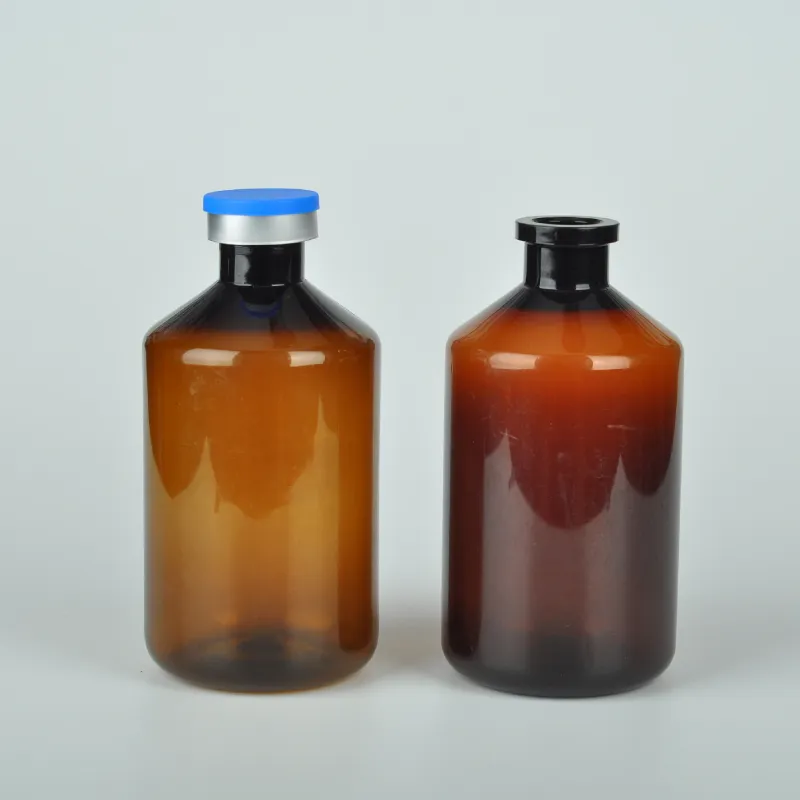https://www.wahmg.com/)">
sample collection tube types
sample collection tube types
Understanding Sample Collection Tube Types A Comprehensive Guide
In the fields of laboratory medicine and research, sample collection tubes play a crucial role in ensuring the integrity and quality of biological specimens. These tubes are designed to collect, store, and transport various types of samples, including blood, urine, saliva, and tissue. The selection of the appropriate tube type is essential for accurate testing and reliable results. Here, we will explore some of the most common types of sample collection tubes, their specific uses, and characteristics.
1. Vacutainer Tubes
Vacutainer tubes are among the most widely used sample collection tubes in clinical laboratories. They come in various colors, each indicating the presence of a specific additive that affects the sample's processing. For example, red-top tubes are typically empty and used for serum collection, while lavender-top tubes contain EDTA, an anticoagulant that prevents blood clotting. Yellow-top tubes may contain sodium citrate or other additives for specialized tests. The vacuum seal in these tubes ensures that the exact volume of blood is drawn, minimizing exposure to air and preserving sample integrity.
2. Serum Collection Tubes
Serum collection tubes are specifically designed to collect blood samples for serum testing. These tubes usually feature a gel separator that aids in the separation of serum from the blood cells after centrifugation. The gel provides a barrier, preventing contamination and degradation of the serum, which is critical for various biochemical assays. The non-additive and clot activator versions of these tubes offer flexibility based on testing needs.
sample collection tube types

Plasma collection tubes are essential in tests that require plasma rather than serum. These tubes contain specific anticoagulants, such as heparin or EDTA, to prevent blood clotting. The choice of anticoagulant influences the test results; for instance, heparin is commonly used for tests that require immediate analysis, while EDTA is preferred for hematology tests. Plasma tubes are also color-coded to indicate the type of anticoagulant present, ensuring proper selection and usage.
4. Urine Collection Containers
Urine collection containers are essential for the collection of urine samples for various tests, such as urinalysis, culture, and drug testing. These containers must be sterile and often come with a secure lid to prevent contamination. Additionally, some products are designed with preservatives to stabilize specific analytes for better analysis.
5. Saliva Collection Kits
Saliva collection has gained popularity due to its non-invasive nature, making it a preferred choice for drug testing and genetic analysis. Saliva collection kits usually include a collection tube with a funnel or swab designed to capture saliva without contamination. These kits are particularly useful in settings where blood sampling may not be practical or feasible.
Conclusion
Selecting the appropriate sample collection tube is paramount in laboratory and research settings. Each type of tube has unique characteristics, additives, and intended uses that directly impact the quality of the results. Understanding these differences ensures that medical professionals and researchers can maintain sample integrity, leading to accurate diagnoses and research outcomes. By adhering to best practices in sample collection, we can enhance the reliability of laboratory tests and contribute to improved patient care and scientific discovery.
-
Wholesale Plastic Juice Bottles with Caps 16 oz Options Available Bulk Packaging SolutionsNewsJun.10,2025
-
Laboratory Apparatus Reagent Bottle – Durable & Chemical Resistant Bottles for Safe StorageNewsJun.10,2025
-
Squeezable Dropper Bottles Durable, Leak-Proof & CustomizableNewsMay.30,2025
-
Affordable Plastic Petri Plates Sterile & Disposable Lab-GradeNewsMay.30,2025
-
Eye Dropper Caps Precision 24/410 & Plastic Bottle-Compatible TipsNewsMay.30,2025
-
Affordable Mini Spray Bottle Price & Wholesale Deals Shop NowNewsMay.29,2025





















